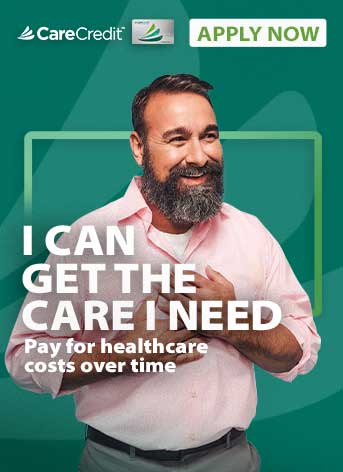If you’re frequently plagued with sneezing, sniffling and watery eyes at various times throughout the year, you may be suffering from seasonal allergies. This condition affects millions of people each year and occurs when the body reacts to a trigger in the environment that’s present for part of the year, such as spring or fall, when certain plants pollinate. Fortunately, there are steps you can take to help nip your allergies in the bud.
Seasonal allergy symptoms and triggers can vary by climate and, of course, season. Common triggers include plant pollen, ragweed, grass and molds. When pollen travels through the air it can land in a person’s eyes, nose, lungs and skin, triggering a reaction. Pollens that are spread by wind are generally the most common cause of allergy symptoms.
For many people, taking over-the-counter antihistamines and decongestants is enough to help relieve and manage their seasonal allergy symptoms. When that’s not enough, these tips may help minimize your exposure to and manage seasonal allergies:
- Reduce exposure to allergy triggers by staying indoors as much as possible on dry, windy days
- Keep windows and doors closed tightly when indoors
- Use an air conditioner and dehumidifier in your home
- Keep car windows closed
- Avoid exercising outdoors in the morning when pollen counts are highest
- Wear a pollen mask when doing outside chores like yardwork
- Change your clothes after you’ve been outside and shower to remove pollen from your hair and skin
- Check your local news for information about pollen levels and forecasts, and try to avoid being outdoors when pollen levels are highest
- Ask your doctor about prescription allergy medications
- If you have a history of seasonal allergies, be proactive by preparing for the season a few weeks before your allergy symptoms typically begin
If seasonal allergy symptoms persist or worsen, talk to your doctor. He or she may recommend skin or blood tests to help identify specific allergens that are triggering symptoms. Your doctor can also recommend effective treatment options.
Remember that you can use your CareCredit credit card for routine doctor visits, specialists and medications, making it easier to access care whenever you need it, without having to delay appointments or treatment. The CareCredit credit card is accepted at hundreds of thousands of healthcare providers and health-focused retailers nationwide.* Use the Acceptance Locator or download the CareCredit Mobile App to find a provider or retailer near you that accepts the CareCredit credit card.








